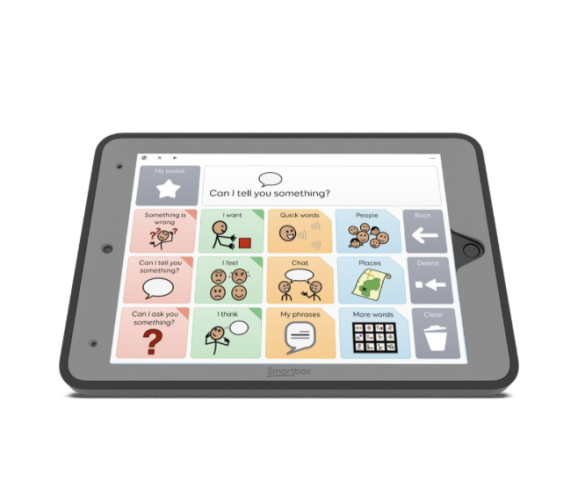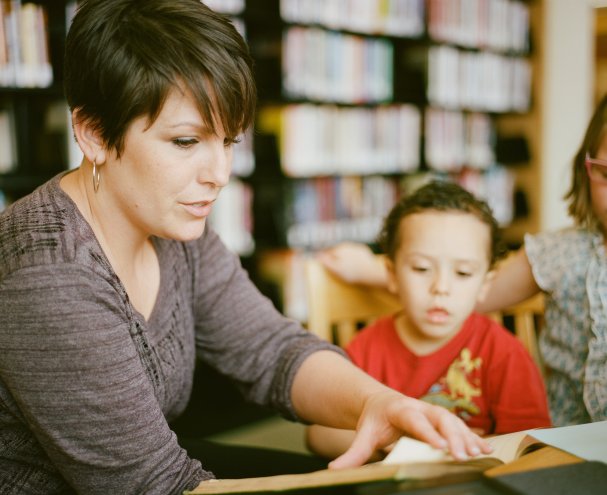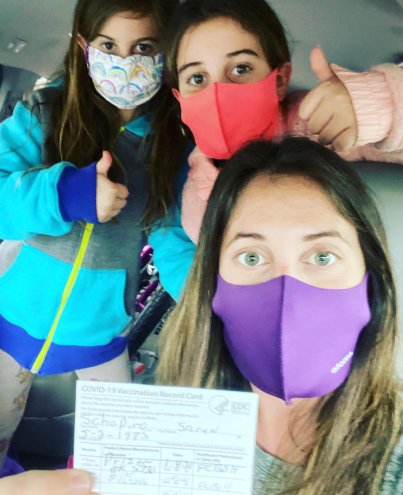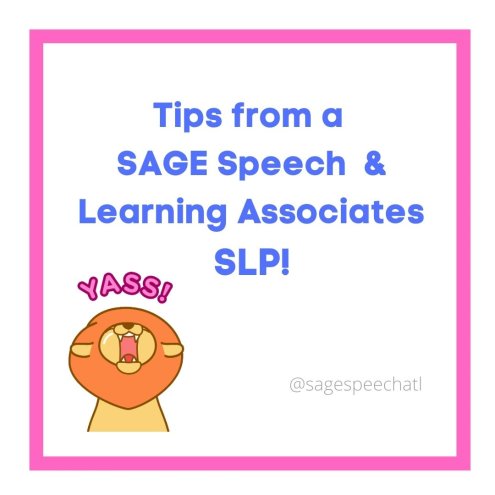Speech Therapy in Atlanta, Sandy Springs and Dunwoody , GA. Speak to a Pediatric Speech Therapist Now
Speech Therapy in Atlanta, Sandy Springs and Dunwoody , GA. Speak to a Pediatric Speech Therapist Now
This is a question we never imagined we would have to answer. SAGE Speech & Learning has pivoted to teletherapy services to put our client's and staff's safety first. During this time of decreased social interaction, we are answering this question almost daily for our clients!
This is a trying time for all, especially parents of young children. For children who struggle with communication, the stress, fear, and anxiety can become hard to manage on a day by day, or even minute by minute, basis.
Saren Schapiro, founder of SAGE Speech & Learning, suggests: "As a parent, capitalize on the one-on-one time with your child. Model complex and detailed language, provide supportive feedback, and demonstrate back and forth communication. Use natural play to work on these skills. Follow your child' s lead in play and expand on their words and ideas."
SAGE Speech & Learning is the ONLY practice in Georgia that is trained and certified to provide the Lidcombe Program for stuttering. Stuttering therapy in Atlanta is scarce, and much…
A compassionate and enthusiastic person who provides one-on-one help in the classroom for a child with diverse needs. A facilitator's goal is for their student to be successful in the…
Speech therapy is the evaluation and treatment of communication and swallowing disorders. Speech and language development usually follows a typical pattern in children. If you have concerns about your child's…
SAGE Speech & Learning strives to provide each family with a welcoming and knowledgeable team of specialists, each uniquely equipped to address the needs of your child. We refer to…
The American Speech- Language- Hearing- Association recently posted an excellent article called:
10 Ways Children with Language Disorder Can Maintain Both Physical Distance and Social Connection
Remember that SAGE Speech & Learning Associates is available by phone or via Teletherapy, should you feel your child needs services. SAGE Speech & Learning is hoping to slowly re-open their Sandy Springs clinic by late May or early June. We will continue to keep our clients and associates updated.

At SAGE Speech & Learning Associates, we know that the best care for our clients comes from a collaborative approach. This…
Read More
At SAGE Speech & Learning Associates, we believe that early intervention is key when it comes to speech and language development,…
Read More
At SAGE Speech & Learning Associates, we are committed to providing personalized and specialized care for every child we serve. We…
Read More
Exploring the Benefits of Speech Generating Devices in Speech Therapy: Insights…
Read More
Has your school considered engaging SAGE Speech & Learning Associates? At SAGE Speech & Learning Associates, we recognize the vital role…
Read More
Fingers crossed, but it seems it that 2021 is shaping up to be a much better school year than 2020. We…
Read More
A Letter From Founder Saren Schapiro M.Sc., CCC-SLP Dear Colleagues, As the year rounds into the second quarter, I am touching…
Read More
Hello Clients and Friends, I want to thank you for being a part of our team in 2020. To have made…
Read More
Discuss with the child out loud/verbally what's coming next--"First we do this, then this, then this, then done/lunch/play/etc" Bundle-up…
Read More
This is a question we never imagined we would have to answer. SAGE Speech & Learning has pivoted to teletherapy services…
Read More